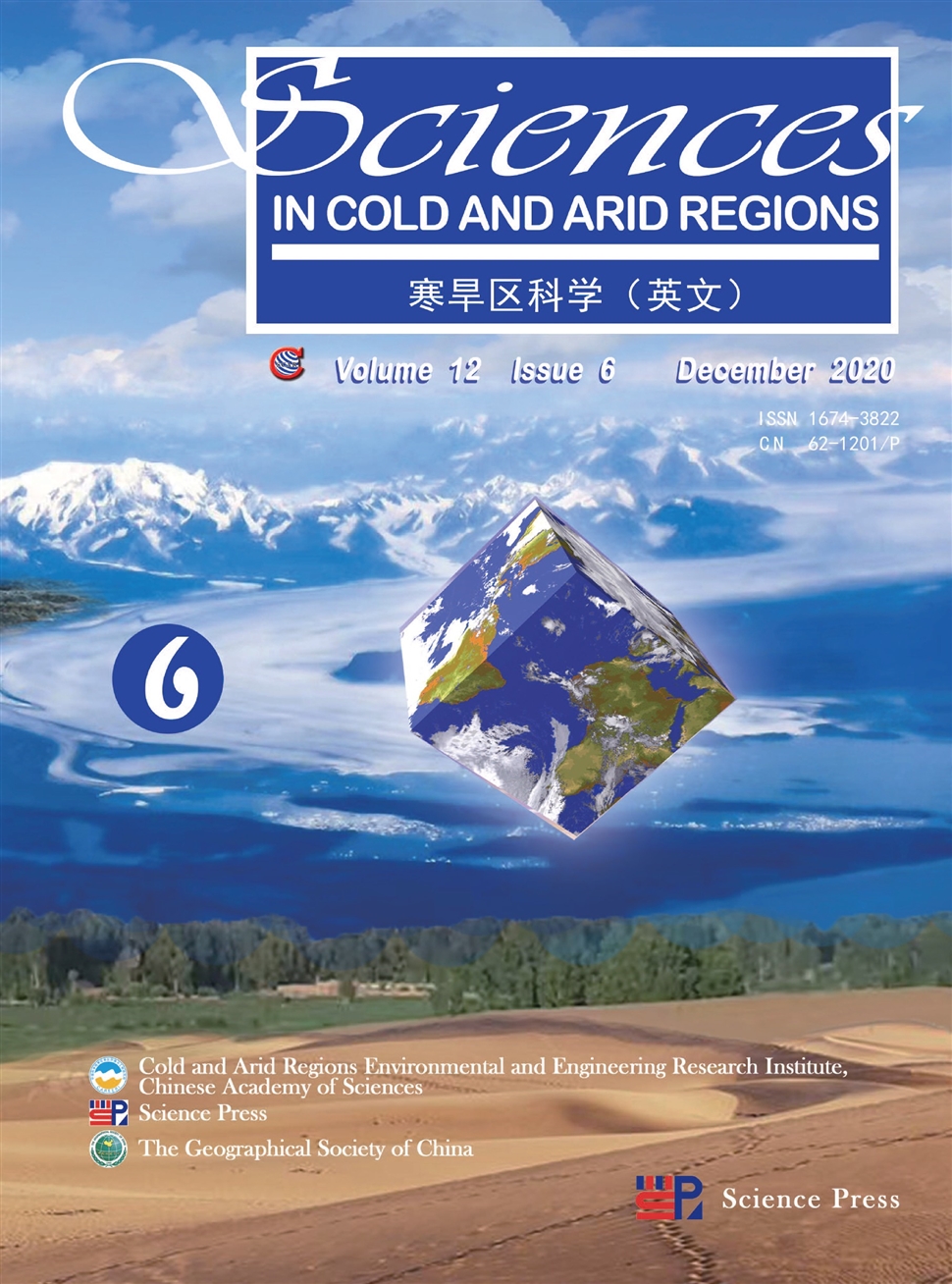Estimating interaction between surface water and groundwater in a permafrost region of the northern Tibetan Plateau using heat tracing method
作者:TanGuang Gao,Jie Liu,TingJun Zhang,ShiChang Kang,ChuanKun Liu,ShuFa Wang,Mika Sillanpaa,YuLan Zhang
摘要:Understanding the interaction between groundwater and surface water in permafrost regions is essential to study flood frequencies and river water quality, especially in the high latitude/altitude basins. The application of heat tracing method,based on oscillating streambed temperature signals, is a promising geophysical method for identifying and quantifying the interaction between groundwater and surface water. Analytical analysis based on a one-dimensional convective-conductive heat transport equation combined with the fiber-optic distributed temperature sensing method was applied on a streambed of a mountainous permafrost region in the Yeniugou Basin, located in the upper Heihe River on the northern Tibetan Plateau. The results indicated that low connectivity existed between the stream and groundwater in permafrost regions.The interaction between surface water and groundwater increased with the thawing of the active layer. This study demonstrates that the heat tracing method can be applied to study surface water-groundwater interaction over temporal and spatial scales in permafrost regions.
发文机构:Key Laboratory of Western China's Environmental Systems(Ministry of Education) Institute of Water Sciences State Key Laboratory of Cryospheric Science CAS Center for Excellence in Tibetan Plateau Earth Sciences Department of Civil and Environmental Engineering Florida International University Miami
关键词:surfacewaterGROUNDWATERPERMAFROSTheatTRACINGMETHODTIBETANPlateau
分类号: P64[天文地球—地质矿产勘探][天文地球—地质学]
- Soil hydraulic conductivity and its influence on soil moisture simulations in the source region of the Yellow River―take Maqu as an example
- The 2018 Academic annual meeting of China Society of Cryospheric Science was held successfully in Foshan on November 17–18,2018
- A paleo-hydrological simulation experiment and its verification in an inland basin
- Variation in water source of sand-binding vegetation across a chronosequence of artificial desert revegetation in Northwest China
- 60-year changes and mechanisms of Urumqi Glacier No.1 in the eastern Tianshan of China,Central Asia
- Seed germination and seedling growth of Pycnanthus angolensis(Welw.)Warb.,African false nutmeg
- Origin and advances in implementing blowing-snow effects in the Community Land Model
- Estimating interaction between surface water and groundwater in a permafrost region of the northern Tibetan Plateau using heat tracing method
- Cryosphere evapotranspiration in the Tibetan Plateau:A review
- Fast genetic mapping in barley:case studies of cuticle mutants using RNA-sequencing


